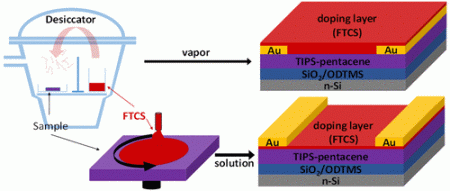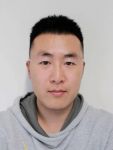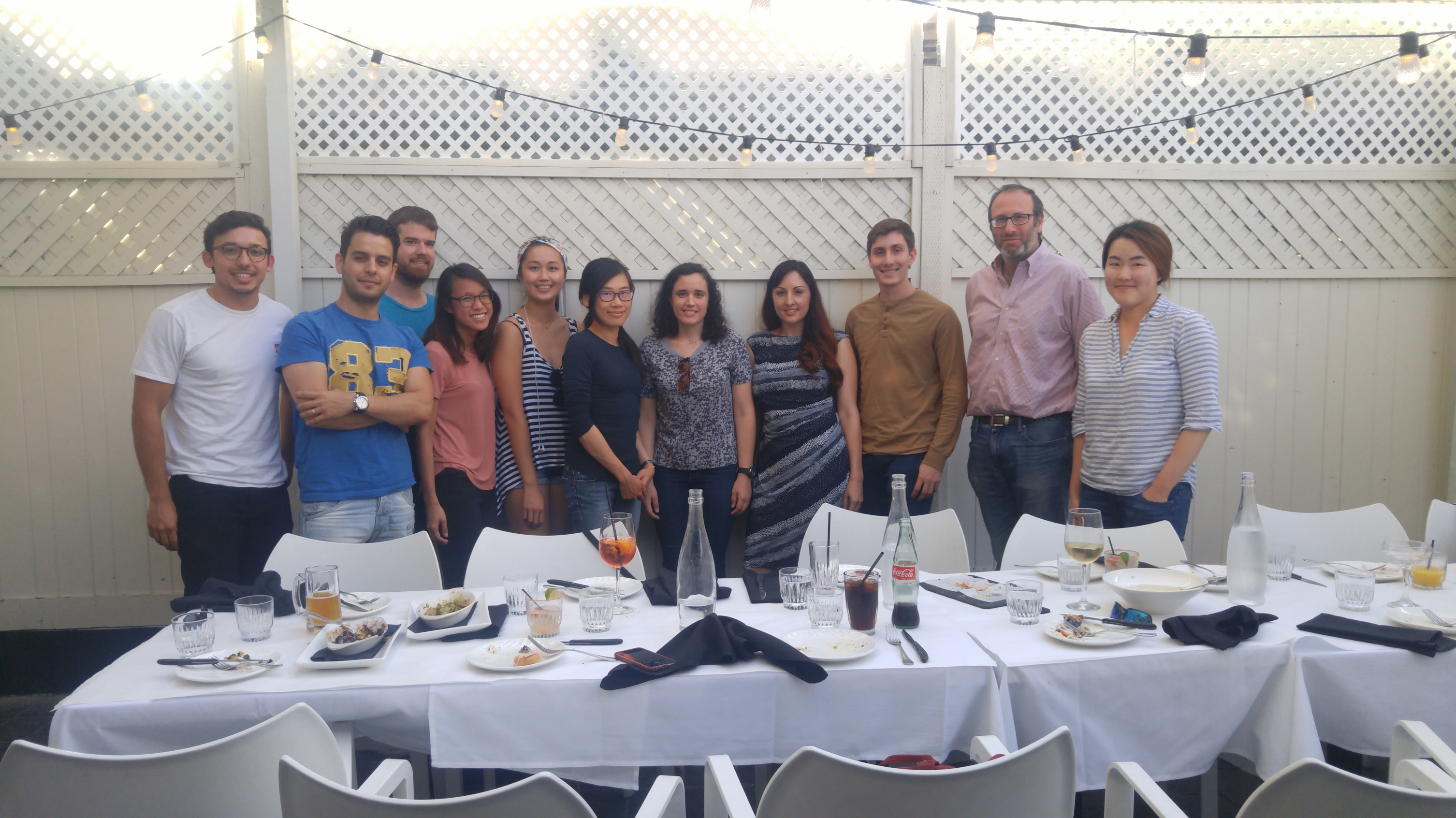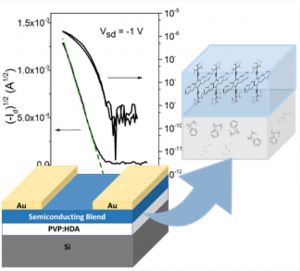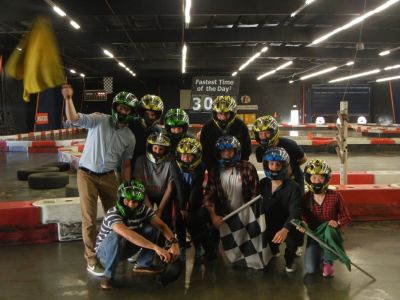Chair News
INSPIRE Grant Report by PhD Student Nara Shin - Stanford University, USA
Read more … INSPIRE Grant Report by PhD Student Nara Shin - Stanford University, USA
INSPIRE Grant Report by Postdoc Mike Hambsch, Stanford University, CA, USA
Read more … INSPIRE Grant Report by Postdoc Mike Hambsch, Stanford University, CA, USA
"hier." Die Villa Ida Bienert in Fotografien von Uta Caroline Thom
Read more … "hier." Die Villa Ida Bienert in Fotografien von Uta Caroline Thom
OD Chair Members Investigated Semiconductors at Synchrotron Light Source (ELETTRA) in Trieste
Published on
Shrujan Kalkura - Master student of the OD Chair wins cfaed Scientific Image Competition 2016!
Published on
Absol(E)vent - Printable solar cells, OLEDs and transistors
Published on
Read more … Absol(E)vent - Printable solar cells, OLEDs and transistors
Page 4 of 5





